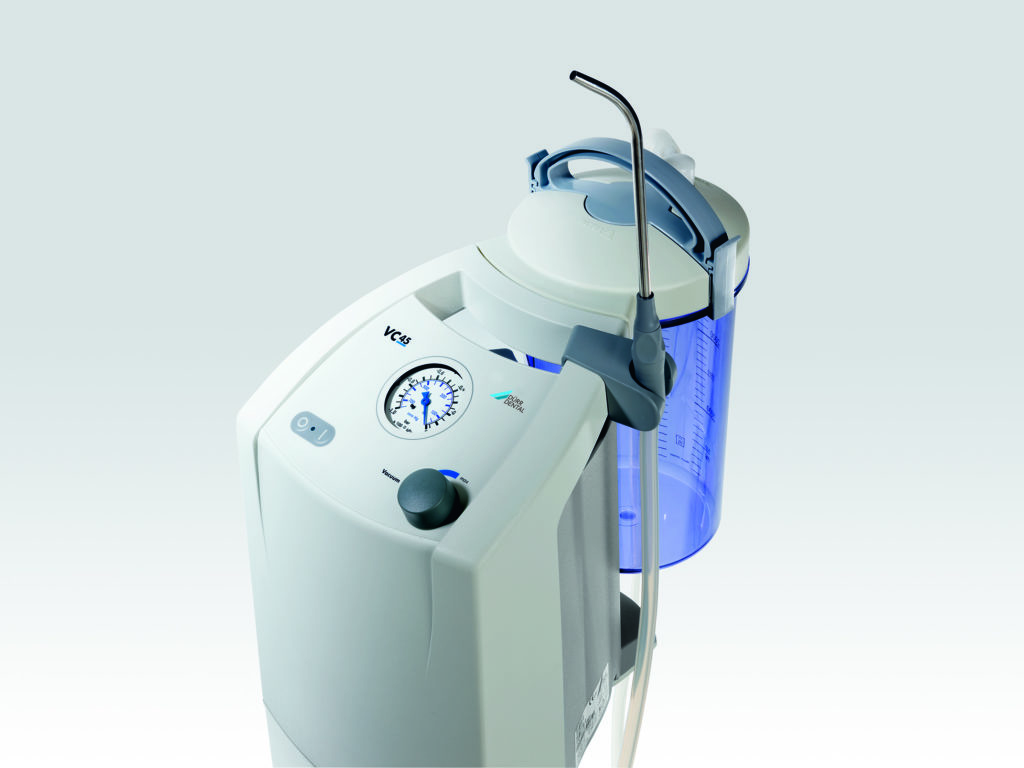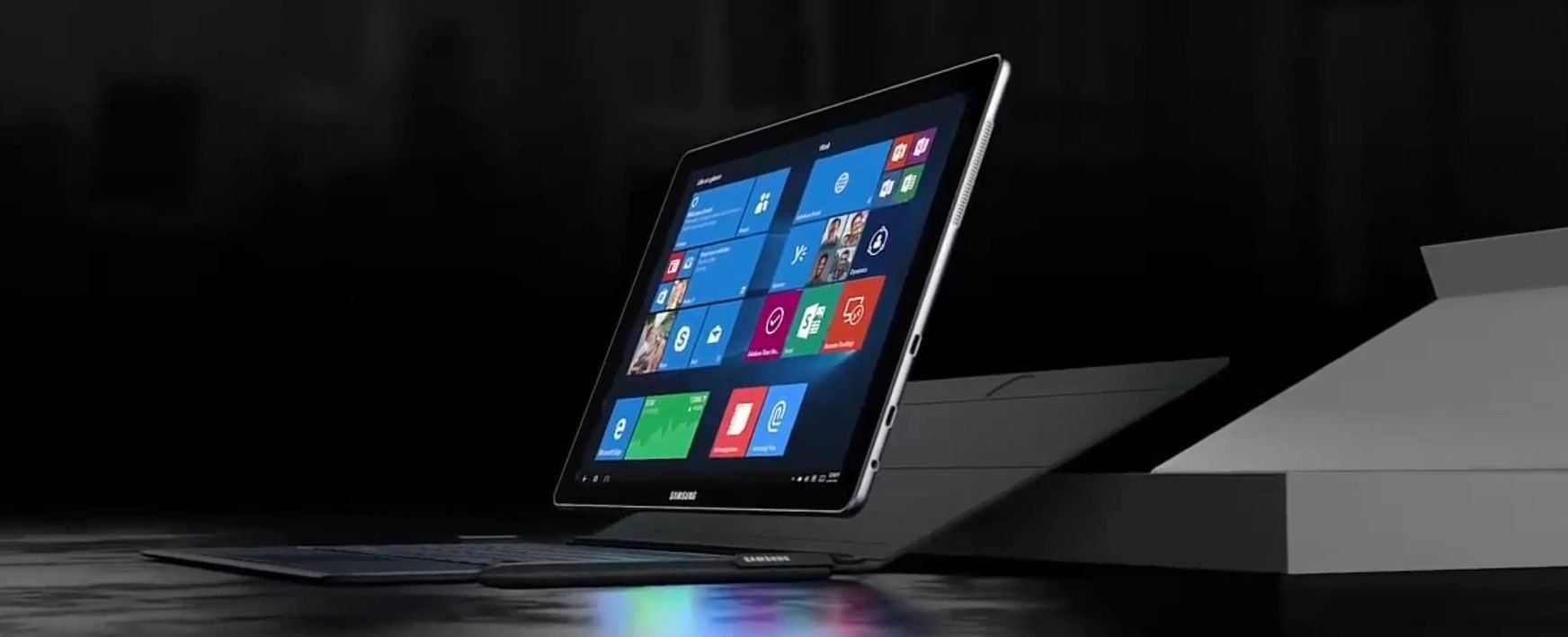Rating of the best dental suction systems for 2024

Aspiration devices are used to remove (pump out) blood, saliva and other fluids in the mouth.

Product design
These units consist of three components:
- aspiration device;
- vacuum generating apparatus;
- separator.
By the type of work performed, the device can be of two types: centralized and individual use. This product has a complex design and principle of operation.
Connecting an aspirator includes many nuances. This is a technically challenging procedure. During the installation of the unit, it is necessary to take into account the location and shape of the pipes, as well as the location of all communications. Installation and connection should be done by a highly qualified specialist. A service engineer who maintains dental equipment is best suited for this job.
Aspirators are devices that require regular maintenance. After each working day for 15-20 minutes, the device must be rinsed, disinfected, cleaned filters. The product is serviced by a narrow-profile specialist 1-2 times a month. The procedure must be followed regularly.
Aspiration unit
This device is called the assistant's workplace. The suction unit is considered part of the product of modern dental devices. It is usually located at the base, behind the spitting device. In addition to the devices for suction of liquid, the suction unit has other control functions (for example, raising and lowering the chair).
Many devices of an independent type are produced. They are located near an installation that is not equipped with a helper's seat. The suction device can be placed on a movable panel that is attached to a special tripod or wall. The vacuum generator acts as a suction. All suction devices are equipped with it.
Vacuum generator
These devices differ in the way they function. They are produced in 3 types.
Air-flow or water-flow. The name speaks for itself. In this device, a vacuum is created by a stream of water or air that passes through a narrow channel at a pressure of 5.5 bar. This system is called the "Venturi valve". Generators of this type are used in individual-type devices for pumping liquid. These installations can be attributed to the middle and lower price segment.
The air-type generator has a slightly different operating principle. In this case, a high-power electric motor drives a fan, which creates the vacuum necessary for smooth operation of the equipment. Such units are widespread.They are used in individual and centralized devices.
The third type is a water pump. Its action is based on a water turbine, which is driven by an electric motor. A jet of liquid creates a vacuum. Simple tap water is suitable for work.
Separator
This unit is one of the elements of the entire device. It is necessary to separate the liquid and solid air components (excluding their penetration into the pump with a gas principle of operation). All separated substances are discharged through pipes to the sewer.
The centrifuge can be placed in a variety of locations. Depending on the design and type of the pumping device, manufacturers provide for its installation in the spitting unit block, in the dental unit itself and separately from the entire installation.

System types
Aspiration units are divided into 3 types. It all depends on the principle of operation of the vacuum generator and the location of the separator:
- aerial structures;
- wet functioning systems;
- mixed type devices.
The air structure consists of a generator, which is made in the form of a gas-type vacuum pump. The centrifuge is usually located next to the entire structure, in the draw unit or in the unit itself. The air between the individual elements of the entire unit is communicated through special pipes.
In a wet type device, the vacuum unit is a water pump. The separator is not provided in these devices. The aspiration substance is fed through pipes, then, mixing with water, goes down into the sewer canal.
The closed design of the Variosuc VC is in great demand. In this mixed type system, the vacuum generator is made on the principle of an air vacuum pump. For these units, the separator is located near the pump. Water is supplied to the centrifuge from the aspiration device through tubular channels.
The principle of operation and functioning of the aspiration unit
Near the landing site, on a universal tripod, the tubes (mouthpieces) of the vacuum cleaner and the apparatus for the gadfly of saliva are attached. A special tip is inserted into the upper part of the tubes. The saliva removal effect is done by the vacuum created by all of the above methods.
The aspiration slurry, which has already been cleaned, passes through the outlet and the separator. Then it goes into the sewer. If you remove one mouthpiece from the base of the holder, pressure will drop in all tubes of the aspiration system. The remaining channels must be closed securely in order for saliva to flow through the handpiece of choice. Units for aspiration drainage have found application in all dental offices and clinics.
How the centrifuge works
Vacuum pumps function for a long time and reliably if they do not get a spent suspension with an air mass. The separator reliably copes with this problem. Its main component is the separation vessel. The liquid, under the influence of suction forces, enters the container through the inlet and the filter, which separates it from the air mass. Through the outlet, air enters the pump, and the slurry (has a heavier weight) settles to the bottom.
The low pressure created in the container by a pump or pump closes the outlet valve located at the very bottom of the canister. When the dentist puts the mouthpiece back into the holding device, the throttle is automatically opened and the suspension spontaneously flows into the sewer. The liquid can be forced out by means of a pump.
A sensor is built into the container, which determines the height of the filling column, which will not allow the overflow of the container. If the liquid level reaches the meter, the pump stops working and the process of pumping out the suspension begins. When the water column decreases to a certain value, another sensor is triggered and the aspiration process continues its work.This system has a big drawback, since it automatically interrupts the aspiration process, which can interfere with the operation on the patient. It turns out that the larger the volume of the separator tank, the less often the work will be interrupted.
Experts believe that Cattani (Italy) products are the best aspiration systems. The units of this brand are considered the most balanced in terms of price and quality.
How the vacuum generator works
These devices, as mentioned above, have a different structure. Therefore, in principle, the operation of different vacuum generators has its own characteristics. For example, an air dynamo has its own distinctive features. Here the aspiration system starts its work immediately after taking it out of the mouthpiece holder. The air hose is attached to the entry directly from the dental unit.
If the generator is manufactured in the standard way at the factory, then the used air masses will be removed through the muffler. To release them outside, the doctor will need to connect a special hose and bring it outside. If the aspiration system has a centralized design, then pumps and generators of the same type are used, but the power of these devices will be much higher.

How to choose a suction device?
When purchasing this unit, you need to take into account the number of dental units in the room, which will need to be equipped and provided with a vacuum outlet.
If the clinic has many offices, it will be easier to install a centralized vacuum system. It will help to completely drown out noise sources in the working building, reduce financial costs for maintenance and reduce the cost of the entire unit (each dental device will cost less).
An overview of the best suction systems
Aspina
Independent aspirator for dental functions. It contains a separator and a cylinder for collecting liquid. Analogue of the Aspi Jet 6 Cattani aspiration design.
The reliable DOM liquid suction device has its own special feature. It does not need to be connected to the sewer system. The unit is installed on dental devices that do not have their own suction devices and separators. The product for extracting liquid is designed to remove, separate and collect waste in a special container.
In the event that malfunctions cause overheating of the electric motor, the protection system is triggered. It automatically stops and restarts the entire system. Thermal protective devices read and process temperature readings.
The liquid extractor is mobile and lightweight. It can be moved from one place to another. It is convenient to use liquid suction in rooms where it is not possible to connect communications to a sewer pipe.
- characterized by mobility and light weight;
- reliability in work.
- not found.
Aspi-Jet 6
This system works autonomously. It is manufactured by the Italian manufacturer Cattani. The aspirator works independently. Its set includes a table, a four-liter container for collecting spent suspension and 3 more units. The cylinder for collecting liquid is poured out manually.
The product is equipped with a silent induction motor. There is a reliable protection of the device against overheating and overfilling of the working capacity. The liquid cylinder is equipped with an electronic level sensor.
The exhaust air is discharged outside through a special silencer. It includes an adapter for disposable saliva drainage devices and a funnel.
An independent dental aspirator guarantees a good drainage of liquid, regardless of the type of installation. The unit is equipped with special wheels, which make it possible to use the unit in any working position. The Aspi-Jet 6 stand-alone aspirator can be easily moved from one room to another.Therefore, it is often used in emergency situations when it is necessary to maintain a central unit or dental equipment system.
This aspirator is equipped with a container, the dimensions of which ensure continuous operation of the unit throughout the entire working day. The cylinder does not have time to fill completely, therefore it must be emptied at the end of the shift. According to the instructions, the container is cleaned manually after turning off the power supply.
The aspirator has a filter for cleaning solid particles. After all, these little crumbs are recoverable. They are aspirated along with the liquid.
- guarantees good liquid withdrawal;
- can be easily moved from one room to another.
- not found.
Turbo-Smart
Semi-dry aspiration line with electronic control unit. The manufacturing plant is the Italian company CATTANI. The equipment is made using modern technologies. These devices are considered to have good performance. They control the vacuum level and the amount of electricity consumed. A large number of "brains" are built into the installation, therefore it is suitable for use in various fields of dentistry. Any doctor can easily customize the entire unit for himself, depending on the specifics of the operations being performed.
Many dental technicians are equipped with the Turbo-Smart system. This product offers an innovative method in the design and manufacture of pulling devices.
- after installing and connecting the aspirator, it can be adjusted to the individual needs of the user (adjust the suction power, increase the number of installations used);
- the unit can be easily moved, it includes a filter that is located outside the base.
- not found.

VS 300 S 7122-01 / 002
The capacity of the unit reaches 300 liters per minute. This wet suction unit can be connected to 2 dental units.
During the operation, highly effective instruments are used. A spray is sprayed into the patient's mouth (for cooling). As a result, an aerosol suspension is thrown into the office space, which disperses throughout the room.
There is a risk of infection. This threat is eliminated by the DURR DENTAL suction device. Its pulling force is from 300 l / min.
When connecting and combining the suction products of the vs line, the suction apparatus and the separator are powered by one electric motor. This feature will save you space and installation and maintenance costs as you only need one dynamo. Both versions have a reliable drive mechanism that generates high operating power in a short time. The entire system is designed for a long service life. Durr Dental will manufacture a suction system to suit every requirement and need. We can talk about equipping one office or an entire polyclinic.
- electric motors are of high reliability and quality;
- the product is designed for a long service life;
- reliable aspiration of aerosols;
- high efficiency and speed of absorption;
- impellers are made of durable corrosion-resistant materials;
- multifunctionality of the installation.
- not found.
V 900 S
5 dental units can be connected to this system. This is a dry type unit. With the simultaneous employment of three units, the productivity reaches 900 liters per minute. The equipment is manufactured by the German company Durr Dental.
The aspiration systems of this company remove waste substances along the shortest path to the separation device. These elements are built into the dental unit. Dry, purified air is delivered to the aspiration unit.

- convenience, quality;
- affordable cost.
- not found.
Tyscor VS 2
This unit has set new standards for performance and functionality.It is the only wet aspiration system with a radial compressor.
The unit is exclusively manufactured in Bietigheim-Bissingen. This fact indicates the high reliability of the system.
Tyscor VS 2 has built-in networking support. This helps to easily connect and integrate into the electronic monitoring system of the dental room.
The Tyscor VS 2 is distinguished from others by its economical energy consumption. The automatic options automatically adjust the capacity of the entire unit depending on the load. This saves money.
The weight of this structure is 11 kg. The body is made of special plastic that absorbs sound well. It has an antibacterial coating. The entire installation is easy to connect and commission.
Tyscor VS 2 is modular. The powerful radial motor, with separate separable blocks, ensures reliable and trouble-free operation of the entire mechanism.
- efficiency is 35% higher;
- energy savings by 50%;
- 2 times less weight;
- the entire system is controlled by a special program developed by Tyscor Pulse.
- not found.
Knowing the characteristics of the aspiration devices, their technical data and advantages, you can choose any system for a dental office of different types.
new entries
Categories
Useful
Popular articles
-

Top rating of the best and inexpensive scooters up to 50 cubic meters in 2024
Views: 97661 -

Rating of the best materials for noise insulation for an apartment in 2024
Views: 95022 -

Rating of cheap analogues of expensive medicines for flu and colds for 2024
Views: 91751 -

The best men's running shoes in 2024
Views: 87681 -

Top ranking of the best smartwatches 2024 - price-quality
Views: 85091 -

Best Complex Vitamins in 2024
Views: 84801 -

The best dye for gray hair - 2024 top ranking
Views: 82406 -

Rating of the best wood paints for interior use in 2024
Views: 77202 -

Ranking of the best action cameras from China in 2024
Views: 75269 -

Rating of the best spinning reels in 2024
Views: 74827 -

The most effective calcium supplements for adults and children in 2024
Views: 72462 -

Top rating of the best in 2024 means for male potency with a description
Views: 68296









